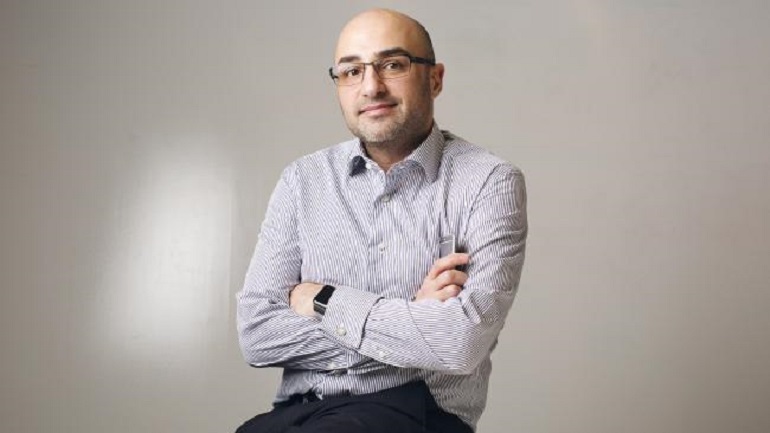The Telsyte Australian Smartphone and Wearable Devices Market Study 2016 found 7.9 million smartphones were sold in 2015 compared with 8.9 million in 2014, an 11% decline. This has been caused by Australia’s maturing smartphone market and the higher cost of premium models.
However, Telsyte said it expects this to reverse in 2016, with a forecast 8.4 million units to be sold due to an anticipated major iPhone refresh, a stronger line up of Android-based handsets and new smart accessories that complement latest smartphones such as Virtual Reality headsets.
In the second half of 2015, Android led the market by units sold with 49% share, followed by iOS with 46% and other platforms at 5%. In the second half of 2015, the leading brands were Apple and Samsung, with Huawei also having a strong showing with its Nexus 6P offering.
“The Australian smartphone market had a cyclical downturn in 2015, but revenues remained steady offset by price rises,” managing director of Telsyte, Foad Fadaghi (pictured above) said.
Signs that the market is nearing saturation emerged in 2015 as only 860,000 new smartphone users were added, down from 1.87 million in 2014. Telsyte expects a similar number of new users in 2016 with the figure nearing the natural net population growth by 2020 (approximately 400,000 to 500,000 people per year). Telsyte believes there was 17.6 million Australian smartphone users at the end of 2015.
However, Telsyte estimates 3.5 million Australians are still using regular mobile phones and have yet to upgrade to a smartphone. Telsyte expects the smartphone market will receive a boost as Telstra and Optus decommission their 2G networks in 2016 and 2017, requiring those on older handsets to finally upgrade.
Telsyte research shows around half of iPhone users have yet to upgrade to the larger form factor iPhone 6 (or later) models, despite the iPhone retaining a greater than 80% repeat purchase intention amongst its users. Telsyte believes some of this market will be best addressed with a more affordable and possibly smaller form factor model expected to be announced in early 2016.
“It is getting harder to get consumers to upgrade their smartphones. Manufacturers will need to give customers more reasons to upgrade in 2016 than the end of mobile service contract, or larger screen size” Fadaghi said.
Good growth in smart fitness band sales
The adoption of health and fitness apps – and health-orientated lifestyle choices by Australians – is driving a boom in smart wearable devices which are now used by more than 2 million Australians (16+ years of age). Looking forward, Telsyte predicts by 2020 around a third of the population could be wearing a smart wearable device on their wrists.
Read more here.
This story first appeared in Appliance Retailer.

